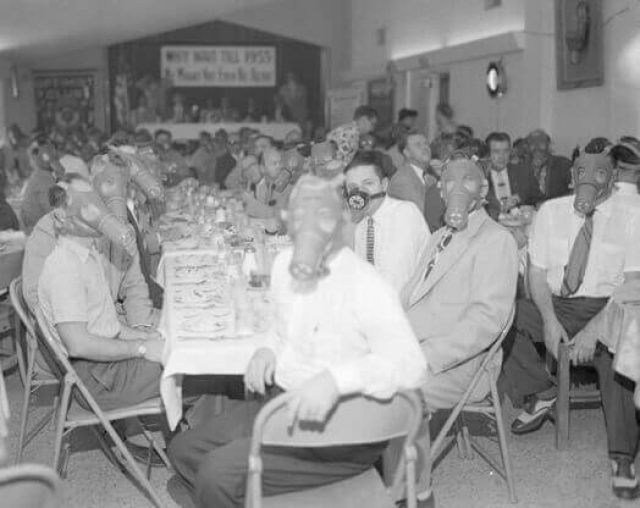The first “Smog Check” program was implemented in March 1984. It came about as a result of “SB 33” which was passed in 1982. The program included a biennial and change of ownership testing, “BAR 84” idle emissions test plus a visual and functional inspection of various emission control components, a $50 repair cost limit, licensing shops to perform smog checks and mechanic certification for emissions repair competence. The program is generally known as “BAR 84” program. During the BAR 84 program, the first acceleration simulation mode (ASM) test was implemented which tests for 2 gases, HC and CO (hydrocarbons and carbon monoxide). Motor vehicles from the 1966 model year and beyond were subjected to Smog Check I. Also automobiles with a motor swap performed prior to the March 19, 1984 mandate which was older than the model year of the vehicle e.g. a 1970 LT-1 350 swapped into a 1975 Chevrolet with the 1970 smog gear intact (with documentation e.g. receipts)are considered noncompliant illegal engine swaps – this means that the engine swap performed after the date of enactment must be the same model year or newer.
In 1997 important laws were passed that made significant changes to Smog Check II.
- AB 57 created a financial assistance program.
- AB 208 provided funding for low-income assistance and vehicle retirement
- AB 1492 exempted vehicles less than four years old from the biennial smog check
- AB 42 exempted vehicles manufactured before 1974 from smog check testing. Also required that vehicles 30 years old or older be exempt from the Smog Check program starting in 2004. AB 42 established a brief rolling chassis exemption until it was repealed in 2006 where 1976 and newer vehicles were subjected to emission testing.
In 1999, “AB 1105” made additional changes to the program. It authorized but did not require the Bureau of Automotive Repairs (BAR) to exempt vehicles up to six years old from the biennial smog check and gave the agency authorization to except additional vehicles by low-emitter profiling (Schwartz). It also created additional changes to the repair assistance program and provided BAR with increased flexibility for how much to pay drivers whose vehicle failed the smog check so that the vehicle may be scrapped.
In 2010 the Air Resource Board and the Bureau of Automotive Repair jointly sponsored legislation, “AB 2289”, that is designed to improve the program to reduce air pollution through “the use of new technologies that provide considerable time and cost savings to consumers while at the same time improving consumer protections by adopting more stringent fine structures to respond to stations and technicians that perform improper and incomplete inspections”. The bill, which passed and took effect in 2013, will allow for a major upgrade in technologies used to test vehicle emissions. According to ARB Chairman, Mary D. Nichols, “[t]his new and improved program will have the same result as taking 800,000 vehicles away from California residents, also resulting in a more cost effective program for California motorists”. One way the program would reduce costs is by taking advantage of on-board diagnostic (OBDII) technology that has been installed on new vehicles since 1996. The program will eliminate tailpipe testing of post-1999 vehicles and instead use the vehicle’s own emissions monitoring systems. This system has saved consumers in 22 states time and money. Vehicles manufactured in the model years between 1976 and 1999 are now required to pass a more stringent dynamometer-based tail-pipe test than was previously required. A high number of vehicles in this range have begun to fail the emissions test with the arrival of their first test-year under the new rule; some question the influence of the automotive industry on the new rule and the inherent push and perceived unfair requirement to purchase a new or near-new vehicle to replace an otherwise functional and OBDII compliant vehicle.

